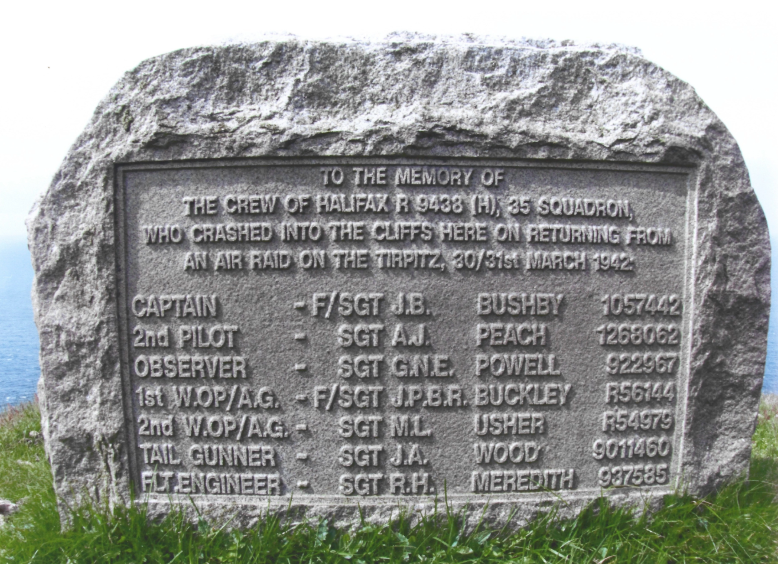On This Day — 30 March 1942

Eighty-two years ago today, on 30 March 1942, Britain launched a desperate attempt. to destroy Nazi Germany’s largest battleship, the Tirpitz. The Allies’ fortunes were at a low ebb at that point in the war, and the Tirpitz, anchored near Trondheim, Norway, posed an immediate threat to Murmansk-bound convoys carrying aid to Soviet Russia. The…
Read more
